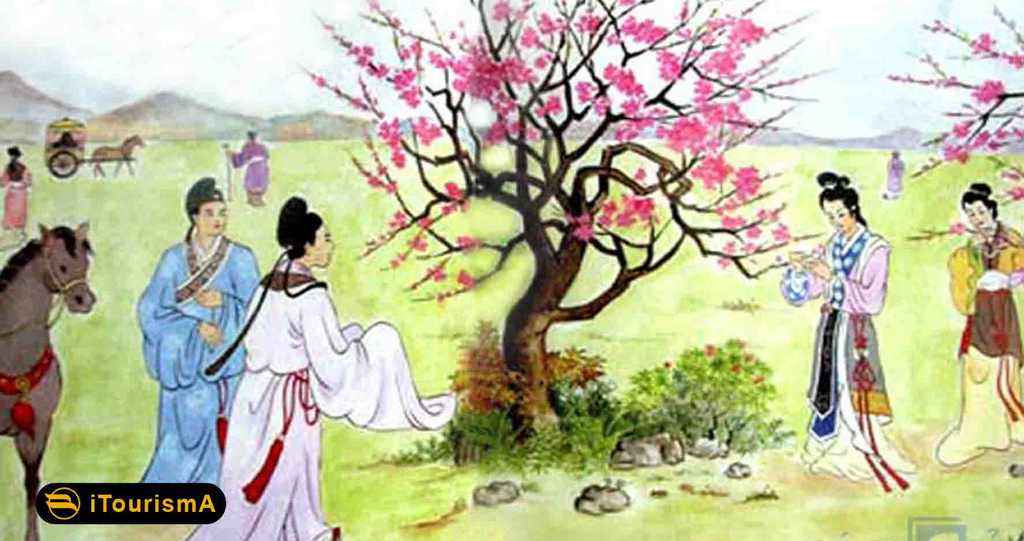Persian Miniature
A Persian miniature is a small painting, whether a book illustration or a separate work of art intended to be kept in an album of such works and it is briefly a richly detailed miniature painting which depicts religious or mythological themes from the region of the Middle East. The techniques are broadly comparable to the Western and Byzantine traditions of miniatures in illuminated manuscripts, which probably had an influence on the origins of the Persian tradition. Miniature painting became a significant Persian form in the 13th century, and the highest point in the tradition was reached in the 15th and 16th centuries. The tradition continued, under some Western influence, after this, and has many modern exponents.

Miniatures are much the best-known form of Persian painting in the West. Several features about Persian miniatures stand out. The first is the size and level of detail; many of these paintings are quite small, but they feature rich, complex scenes which can occupy a viewer for hours. Classically, a Persian miniature also features accents in gold and silver leaf, along with a very vivid array of colors. The perspective in a Persian miniature also tends to be very intriguing, with elements overlaid on each other in ways which sometimes feel awkward to people who are accustomed to the look and feel of Western art. The Persian miniature was probably inspired by Chinese art, given the very Chinese themes which appear in some early examples of Persian miniatures. Many of the mythological creatures depicted in early Persian art, for example, bear a striking resemblance to animals in Chinese myth. Over time, however, Persian artists developed their own style and themes, and the concept of the Persian miniature was picked up by neighboring regions.

Kamal al-Din Behzad Heravi was a painter of Persian miniatures and head of the royal ateliers in Herat and Tabriz during the late Timurid and early Safavid periods. He is equally skilled with the organic areas of landscape, but where he uses the traditional geometric style Behzad stretches that compositional device in a couple ways. One is that he often uses open, unpatterned empty areas around which action moves. Behzad’s most famous works include The Seduction of Yusuf from Sa’di’s Bustan and paintings from the British Library’s Nizami manuscript particularly scenes from Layla and Majnun and the Haft Paykar.

The Persian miniature was the dominant influence on other Islamic miniature traditions, principally the Ottoman miniature in Turkey, and the Mughal miniature in the Indian sub-continent.


 iTourismA
iTourismA iTourismA
iTourismA
Enjoyed every bit of your blog post.Much thanks again. Fantastic.